A great time to get your house ready for selling. Follow these top tips to get the maximum out of your property and for next to no cost.
Tip 1, Give the place a really good clean and keep on top of it,
Tip 2, Remove all the junk, stuff that’s not used on a daily basis does not have to be on show.
“For this task it’s sometimes good to have a third party come in and help as they are not use to what’s been left out so they can question you on certain things“.
Tip 3, Get the black mould sorted, usually a ventilation problem but it can also be to do with the structure.
“If you have already been airing the property, having the extractors on when showering and the cooker hood on when cooking. Then get the mould off with a nice strong cleaner.
Once dry paint with a stain block. Then paint over with an anti mould paint or buy the anti mould solution to add to it”.
Tip 4, My pet hate is going into the bathroom and you are welcomed by dirty tile grout and a mouldy seal around the bath. Get this resealed and the tile grout cleaned or use a grout revivor. If you are no good at sealing use a sealing tape I would rather see that then a mouldy silicone sealant.
Tip 5. As mentioned earlier finish off those little jobs you have been meaning to do, such as finishing a bit of laminate flooring or some skirting or fixing that broken kitchen cupboard door. The problem is they are not big things to you as you have been living with them but people having a look around will pick all these things up.
Tip 6. A fresh coat of paint on the walls and wood work, you don’t have to do feature walls and different colours everywhere in fact a nice neutral colour is best if in doubt just white matt emulsion on the ceilings and walls. Give the wood work a little rub down and use a satin wood paint on them just to freshen it all up. The beauty of using the white on walls and ceilings is that you don’t have to be a pro with cutting in and I don’t care what you say £100 can buy you a shed load of white matt emulsion. £50 for some satin wood, £10 for a set of brushes and then it’s just your time and believe me it will sell quick just by doing this small thing.
Tip 7, Don’t be around when the agent is showing your place off it makes people uncomfortable
Tip, 8 if you are around don’t cook horrible smelly stuff.
Tip 9, if you’re a smoker DO NOT SMOKE INSIDE this will quite literally put people of buying.
Tip 10, If you do have problems with the property such as roof leaks or structural problems, don’t just cover them up and hope people don’t notice. I always recommend getting the cause of the problem solved not just what the problem causes. It can be pricey to solve but if it was highlighted in a survey the buyer will expect money off so either get it sorted or bring it up at the start of the negotiations so it can be factored into the price at an early stage.
Tip 11, If you have been cooking or have pets, spend a few quid on some air fresheners, the ones that plug in getting something nice but not to strong.
Just because you can’t smell it doesn’t mean other people can’t.
Tip 12, If the carpets are looking tired spend some money and get them professional cleaned it makes the house look a lot fresher and cleaner.
Tip13, Don’t leave all your pots and pans out/dirty washing for all to see.
Tip14, If keeping on top of things is a real problem and you have a large family etc so keeping it clean is impossible, ask the agent to arrange an open day or have all the viewings booked in on the same day, then you only have to really get on top of everything leading up to that day then you can relax after.
Tip 15, Make sure windows and gutters are clean and clear from debris, hot soapy water can do marvels, or better yet look at my rated products page for window and plastic cleaning solvents.
Tip 16, Make sure entrance and exist are clear so the buyer isn’t struggling to manoeuvre about the place.
Tip 17, Get all the weeds up and any plants planted and garden trimmed ready so people don’t have to imagine they can see the potential.
Tip 18, Make sure curtains are drawn and windows on vent to maximise the natural light and fresh air.
Tip19, If you have a room that is not used still dress it with a bed and bedroom furniture, even if you just borrow someone’s spare. It easily highlights what the room can fit.
Tip 20, Don’t just chuck everything in a cupboard chances are that cupboard will be opened and the potential purchasers will just see what a mess it is.
I hope these 20 tips help and for more tips look at my other articles.



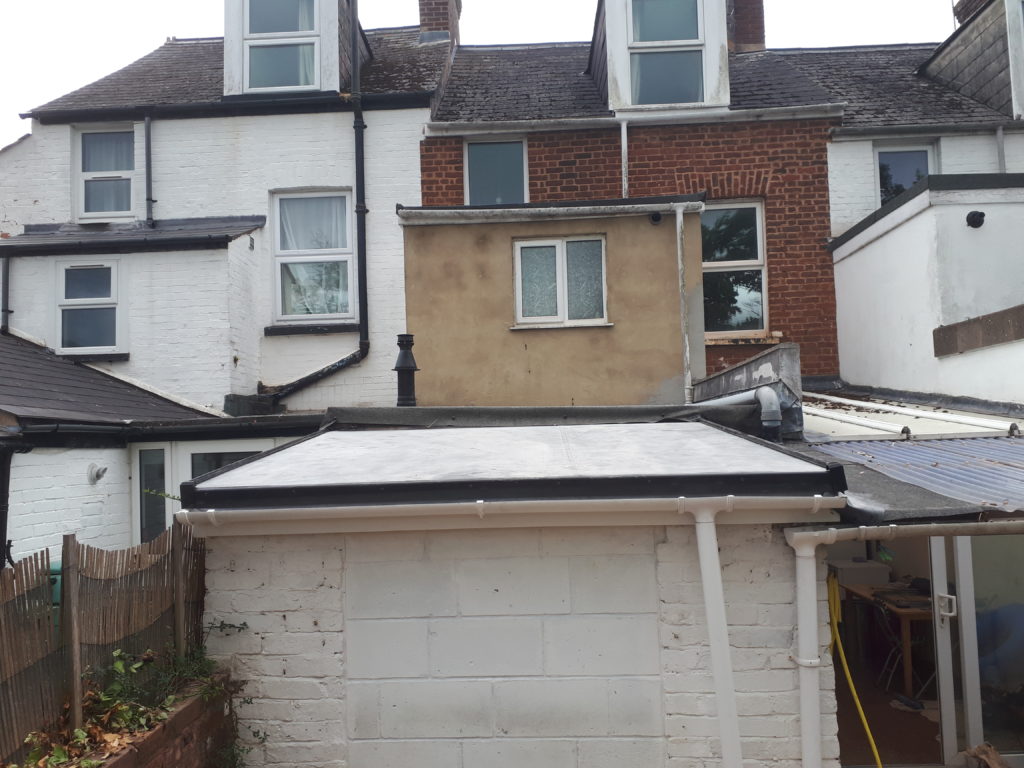

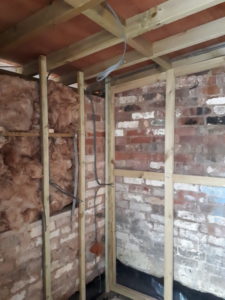
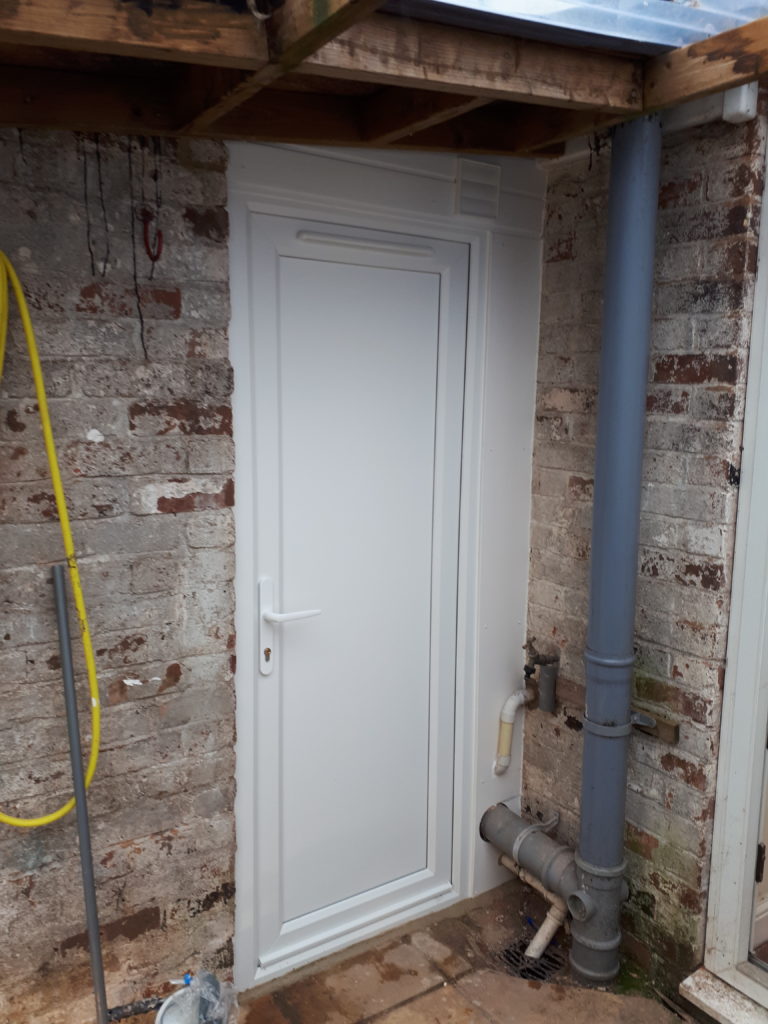
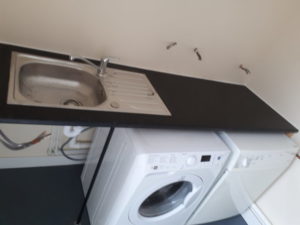




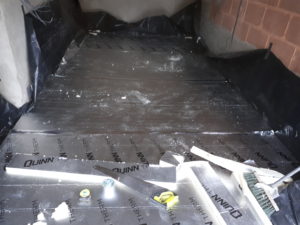
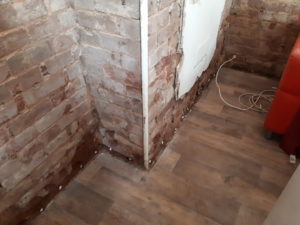
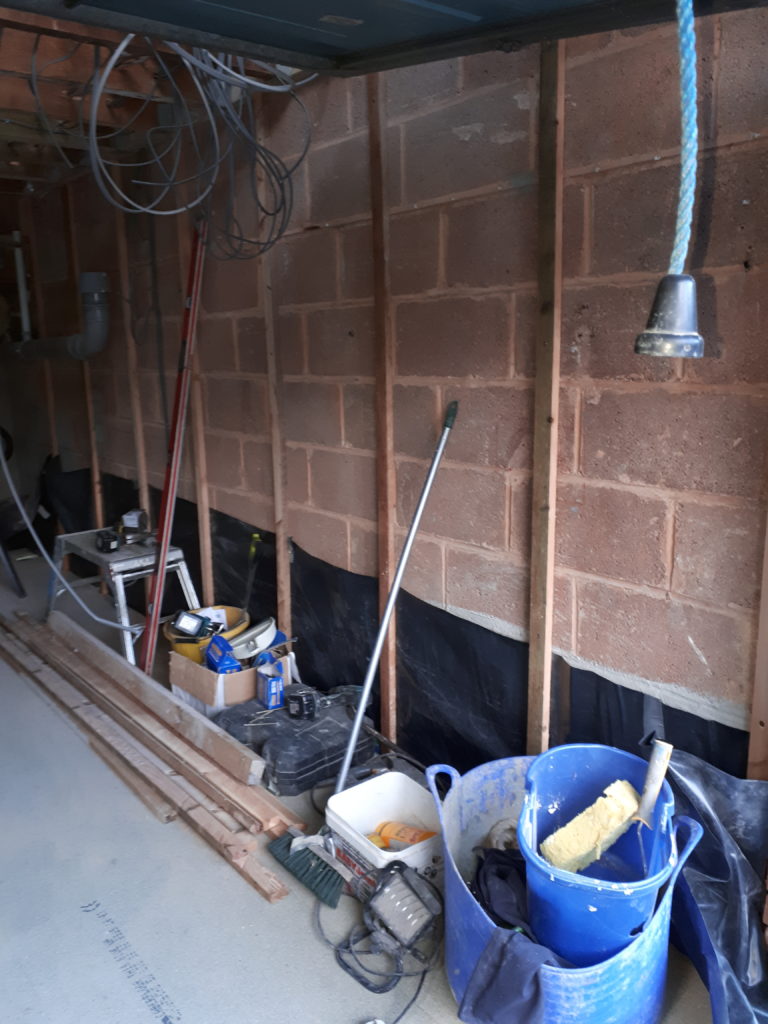
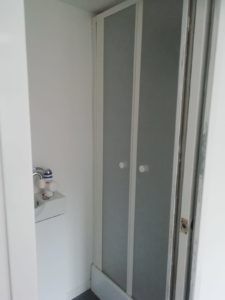
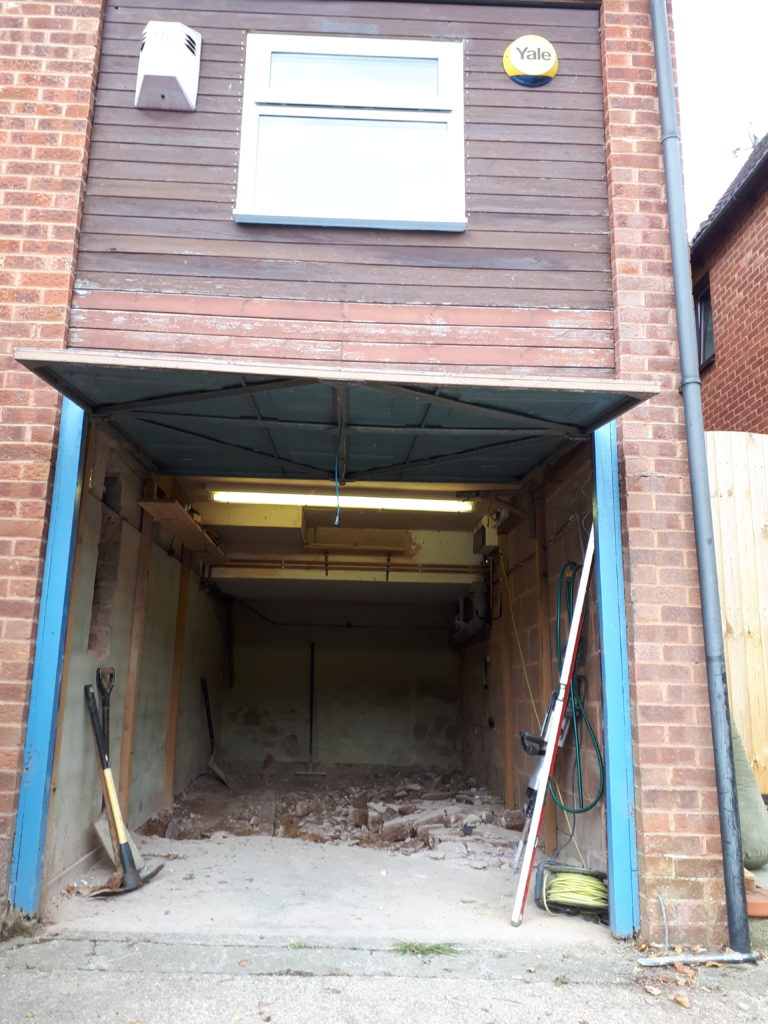




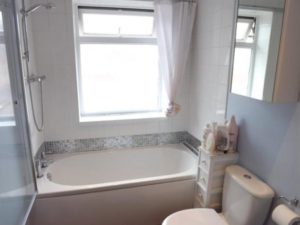 the family to be in and out at the same time and it made it a real feature of the property all the while not jeopardising any bedroom space.
the family to be in and out at the same time and it made it a real feature of the property all the while not jeopardising any bedroom space.
